Science:
Subtopics
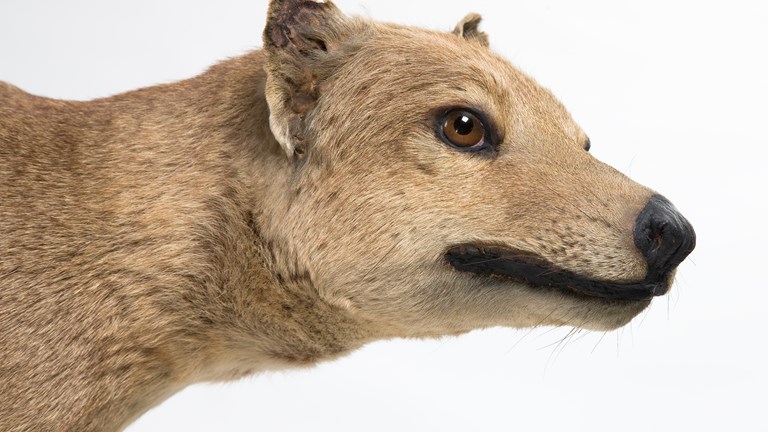
Letter from a Tasmanian Tiger
Ever wonder about the life of a museum specimen?

600 Million Years: Victoria Evolves
How did life on Earth come to be the way it is and what happened in our part of the world?

Discover Documentary: Rats
The Indonesian island of Sulawesi is home to a unique mix of Australian and Asian animals found nowhere else on Earth, including a number of rat species that are one of a kind. Find out how research being conducted by Dr Kevin Rowe and his colleagues into these rats is helping us to understand the evolution of life on our planet.

Discover Documentary: Prehistoric marine mammals
What creatures swam in Australia's oceans millions of years ago? In this episode of Discover, palaeontologists Dr Erich Fitzgerald and Tim Ziegler explain how they find and prepare the fossils which are revealing the secrets of Victoria's prehistoric marine mammals.

Discover Documentary: Biobank
Discover the Ian Potter Australian Wildlife Biobank: a state-of-the-art liquid nitrogen storage facility containing tissue, venom, and even live cells.

Listening for Nature
Researchers are using advanced digital tools to listen in on animal sounds and map who is where from croaks and calls.

Outreach koala
Preparing a specimen for education programs.

Secrets from beyond extinction: the Tasmanian tiger
The entire thylacine genome has now been sequenced, revealing the apex marsupial predator was in poor genetic health and may have struggled to fight disease had it survived.

A good possum is hard to find
The story of Leadbeater's Possum is a remarkable one.

Extinct Tasmanian Tiger now back in 3D
Using 3D scanning, researchers are peeking under the preserved skin of Tasmanian tiger specimens to reconstruct its growth and development.
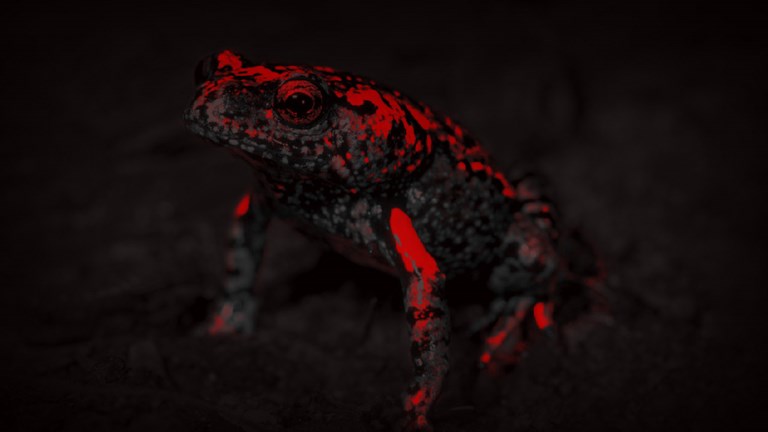
Under fire: The animals threatened by Australia’s bushfire crisis
If there’s one place in the world that knows about extinction, it’s a natural history museum.

Rare fossil tooth find sheds a light on Australia’s distant past

Nowhere to hide?
Searching for the elusive Tooarrana in the wake of the fires.
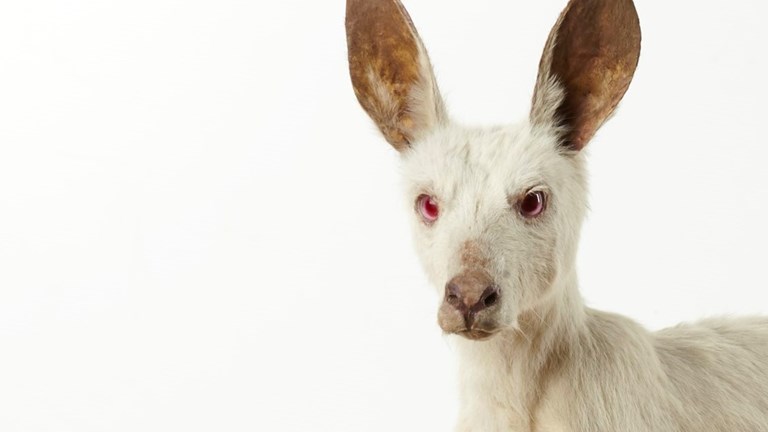
Colour Variations: It doesn't look like that in the book

Museums, Specimens, Taxidermy & Cells
Bringing the dead to life - sort of!

Tasmanian Tiger: lessons from the last of its kind
Museum specimens are enabling new discoveries about extinct species, long after they are gone.

Wild goodbyes
We've been blown away by the number of people who have reached out to us about Wild—here are some answers to your most often asked questions.

Resurrected: native Australian mouse back from extinction
Once lost, now found.

The platypus: a unique and vulnerable Australian
What can we do to help the platypus?

Bats: the flying mammals in dire need of a PR manager
Separating fact from folklore

Native and introduced rats: some quick and dirty facts
Can you tell a native rat from a pest species?

Glowing animals: understanding bioluminescence and biofluorescence
What do a Platypus, a Dragonfish and a Scorpion all have in common?

10 really big things in the Museums Victoria State Collection
With millions of objects to choose from, what are the some of the biggest things?

Why are there so many whale skeletons in museums?
Whales grace the halls of many a natural history museum, but they are there for more than just show.

Birthday honours: 21 of our favourite things about the Melbourne Museum
Fascinating facts about Melbourne’s favourite museum.
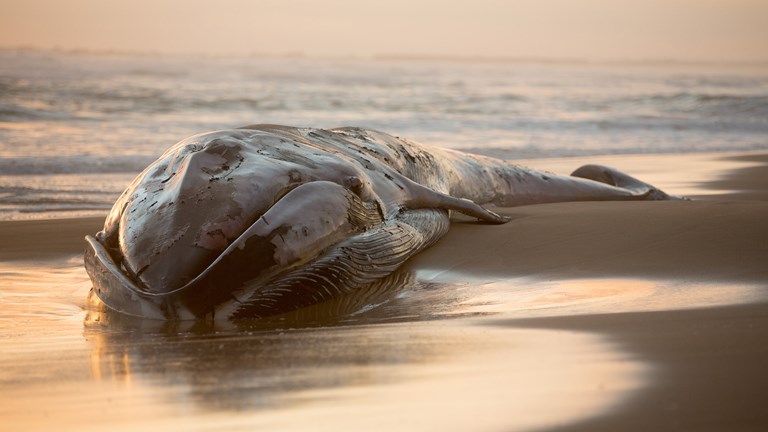
Recovering a rarity: what happens when a dead Fin Whale washes ashore?
The stranding of a dead whale offers scientists a rare opportunity to study these elusive giants.

More Australian species added to the endangered list
Without action, museum collections may be the only evidence some of these endangered species existed.

Lunar New Year: 10 Australian tigers
Think you know tigers? What about those found in Australia?

Forbidden objects in the museum's collection
What do a doll, religious text, gun, and surprised-looking cat have in common?

Lunar New Year
This Lunar New Year, come for a tour of the Chinese Zodiac through the Museums Victoria collection.
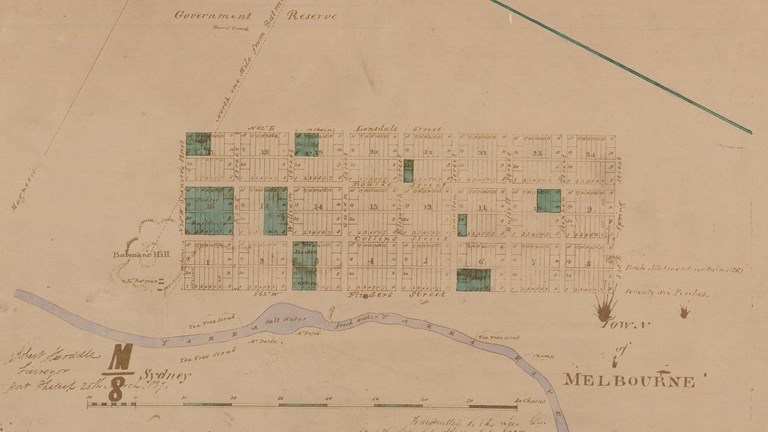
How poo shapes a city (and other scatalogical stories)
What do Melbourne’s laneways, the Spotswood Pumping Station at Scienceworks, and termite mounds all have in common?

A glimpse into the past, to enlighten the future of biodiversity on Earth
What can we learn from the first scientific descriptions of animals and the Earth’s biodiversity, written hundreds of years ago?

How do we know wombats can run at 40km/h?
Uncovering the truth behind a wombat's top speed.

What’s in a name? An animal’s can be misleading
When is a tiger not a cat, a fox not a canine, and a jelly fish not a fish? Unfortunately, more often than you might think.

19-million-year-old fossil jaw bone hints the biggest whales first evolved somewhere unexpected
A newly described fossil from South Australia is making waves in our understanding of where and when whales evolved titanic body sizes.
